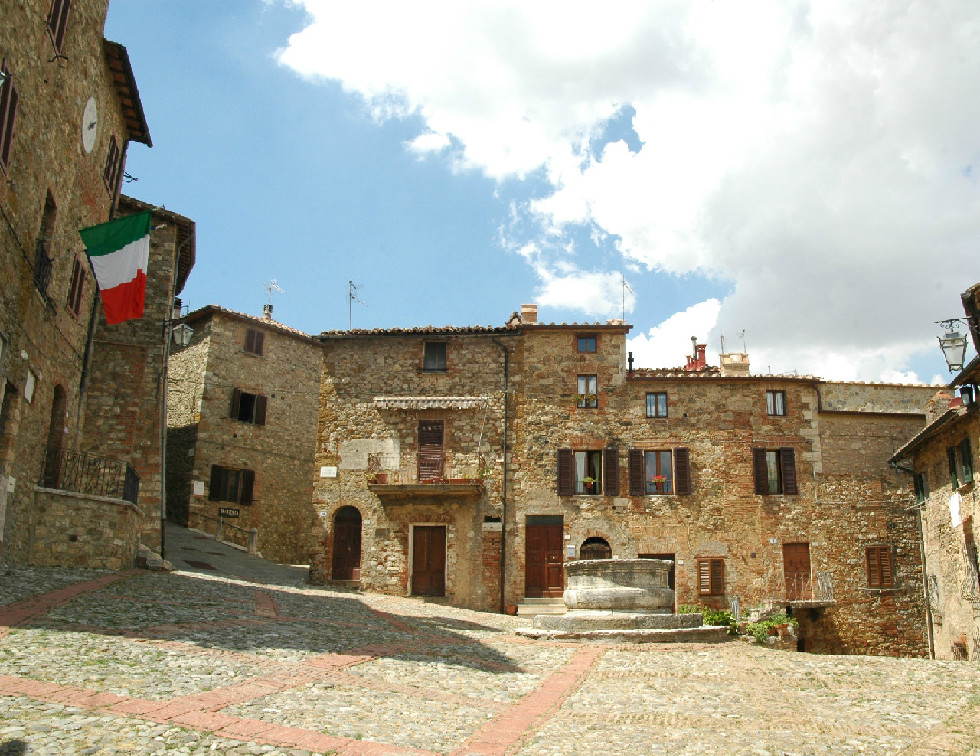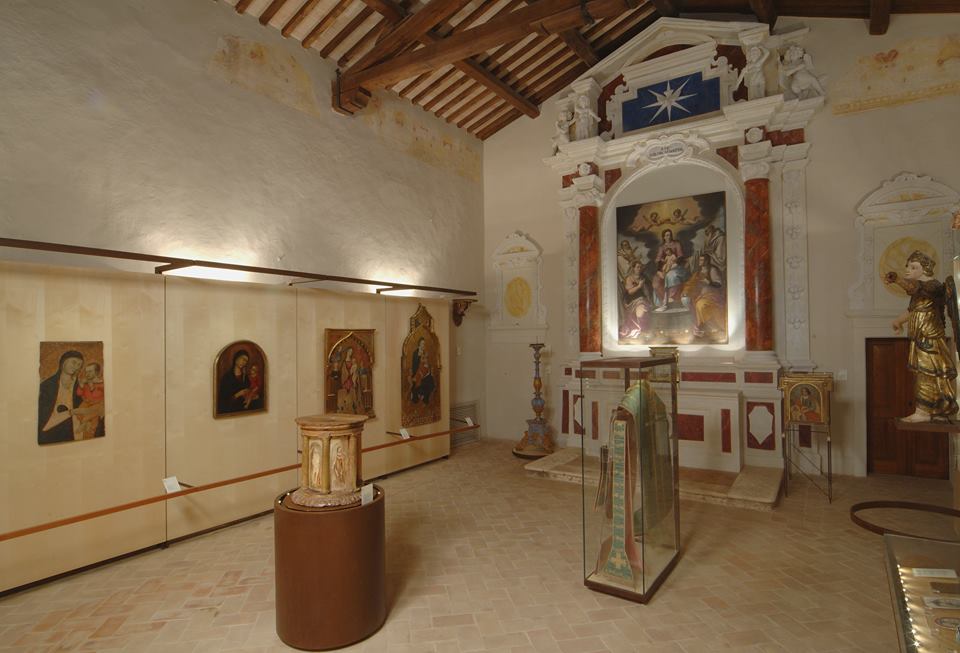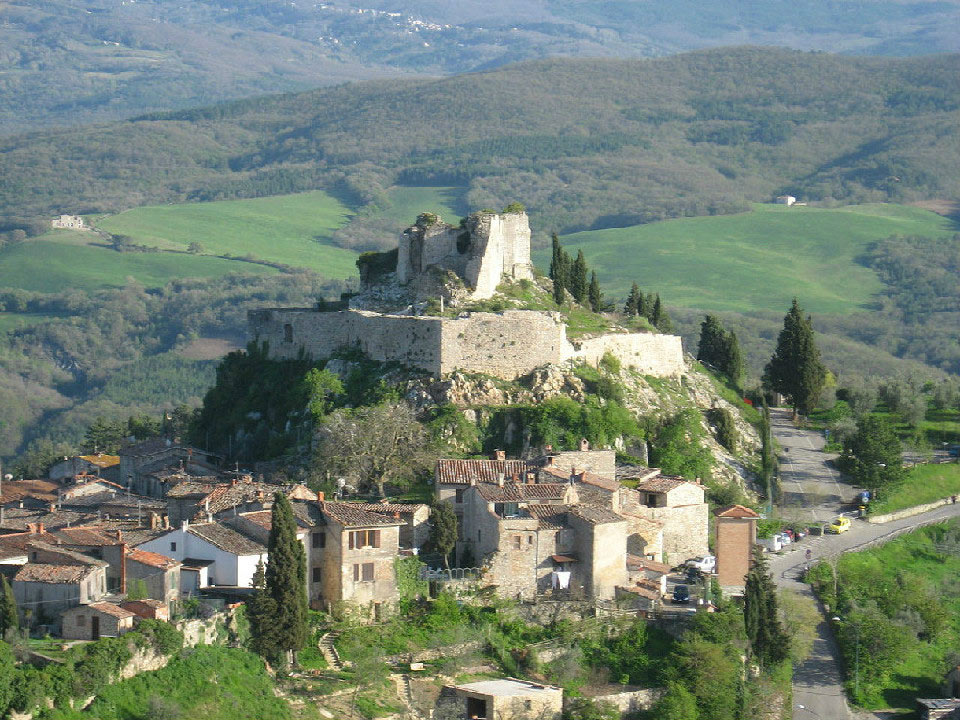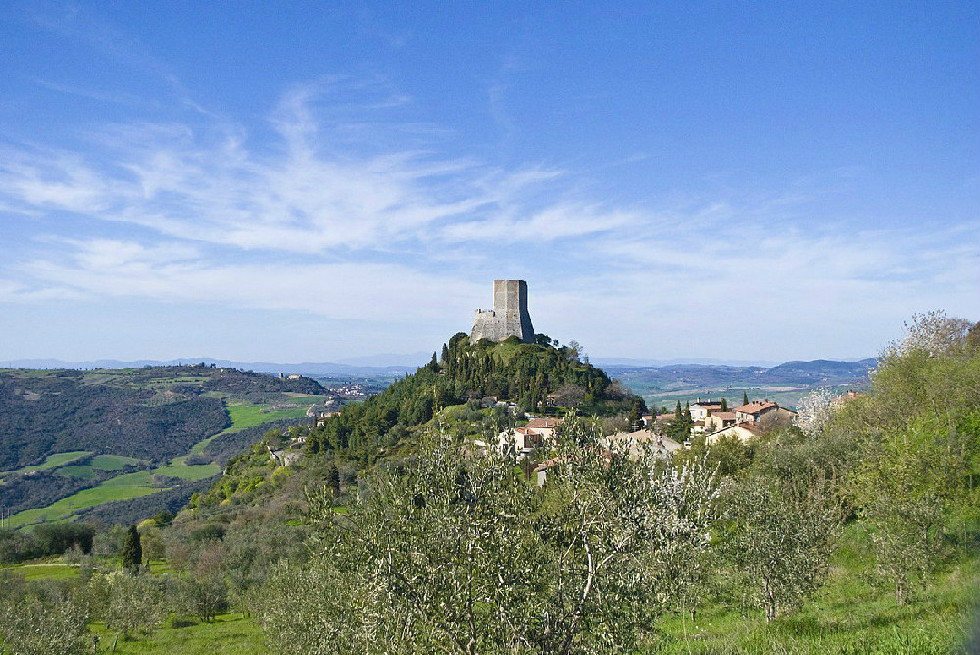What to see in Castiglione d’Orcia, a charming medieval village in Tuscany
21 November 2018
Surrounded by the soft hills of the Val d’Orcia, in the heart of Tuscany, Castiglione d’Orcia has a millennial history during which powerful noble families alternated with the independence of this city considered as a crucial point along the renowned via Francigena.
This medieval village – that we already mentioned with the nearby Rocca d’Orcia and its Rocca di Tentennano, one of the most beautiful sights in Val d’Orcia – can be discovered in a one-day journey, offering an unforgettable visit among history and art.
The historical square of the city

Credits: Fabio Poggi [CC BY 3.0 (https://creativecommons.org/licenses/by/3.0)]
At the center of the square, there is a well of travertine dating back to 1618 whereas on one side there is the ancient City hall of Castiglione d’Orcia that today houses the wonderful fresco of the Sienese school “Madonna con Bambino e due Santi”.
The artistic and historical masterpieces of Castiglione d’Orcia

Credits: www.facebook.com/pg/Sala-dArte-San-Giovanni/photos
Moving further through the typical streets of this village, which still keeps their medieval signs with stone walls and the big front doors openings between the climbing plants, you will come to the Sala d’Arte San Giovanni. This was once a church of the namesake Confraternity and it treasures some paintings of the artists of the Sienese school like Lorenzo di Pietro aka Il Vecchietta, Simone Martini, Giovanni di Paolo and Pietro Lorenzetti.
The nearby church of Santa Maria Maddalena is also worth a visit with its façade of the Thirteenth century and the Romanesque plant with a semi-circular apse, everything surmounted by a bell-gable.
If you chose Castiglione d’Orcia as the destination of a one-day journey, another unavoidable point of interest is the Church of the Saints Stefano and Degna. Consecrated in 1566, it keeps the original sandstone façade of the Sixteenth century and the Romanesque plant with Latin cross plan. Inside this building, which was one of the most important of the city back in the days, the Sienese artists placed their works of art as a tribute to the Virgin Mary.
Climbing the top of the medieval village

Credits: Senpai [CC BY-SA 2.5 (https://creativecommons.org/licenses/by-sa/2.5)]

Credits: Irene Sbrilli [CC BY-SA 4.0 (https://creativecommons.org/licenses/by-sa/4.0)]


